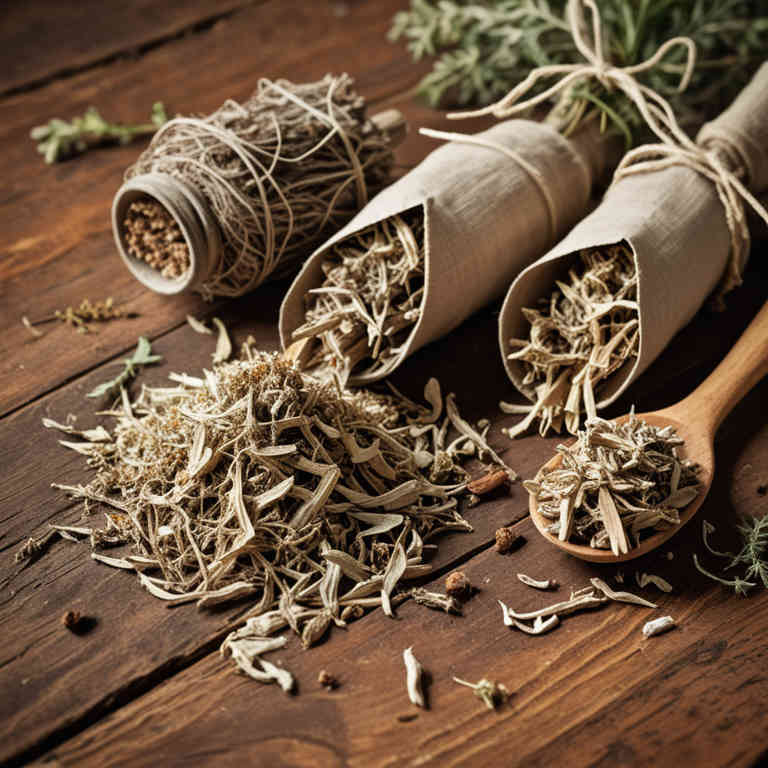Glycyrrhiza glabra mucillage for medicinal use

Glycyrrhiza glabra mucillage is a viscous, gel-like substance derived from the roots of the licorice plant.
It is rich in polysaccharides and is known for its demulcent properties, which help soothe irritated mucous membranes. In herbalism, it is commonly used to treat respiratory conditions such as coughs and sore throats due to its ability to coat and protect the throat. It may also support digestive health by reducing inflammation in the gastrointestinal tract.
This preparation is often used in tinctures, syrups, and lozenges for its soothing and therapeutic effects.
Uses
Glycyrrhiza glabra mucillage has been used to treat respiratory and digestive ailments for centuries in traditional medicine systems such as Chinese and Ayurvedic medicine.
Historically, it was valued for its soothing properties, particularly in alleviating coughs, sore throats, and inflammation. In modern times, the mucilage is recognized for its demulcent effects, which help to coat and protect mucous membranes. It is commonly used in herbal teas and throat lozenges to relieve irritation and promote healing.
Additionally, ongoing research explores its potential anti-inflammatory and immune-modulating benefits.
Benefits
Glycyrrhiza glabra mucillage has health benefits such as soothing inflammation, supporting respiratory health, and aiding digestion.
It is known for its demulcent properties, which help to coat and protect mucous membranes in the throat and gastrointestinal tract. This preparation may also have antiviral and anti-inflammatory effects, making it useful in treating conditions like coughs, sore throats, and digestive discomfort. Additionally, it can help reduce the frequency of coughing and ease symptoms of respiratory infections.
Its natural composition makes it a popular choice in herbal remedies for its gentle yet effective therapeutic properties.
Constituents
Glycyrrhiza glabra mucillage active constituents include glycyrrhizin, flavonoids, saponins, and various polysaccharides.
These compounds contribute to its anti-inflammatory, antiviral, and immunomodulatory properties. Glycyrrhizin, a triterpene glycoside, is particularly noted for its ability to inhibit viral replication and reduce inflammation. The mucilage also provides a soothing effect on mucous membranes, making it beneficial for respiratory and digestive tract conditions.
Overall, these constituents support its traditional use in treating coughs, sore throats, and gastrointestinal discomfort.
Preparation
To make Glycyrrhiza glabra mucillage, start by obtaining high-quality licorice root (Glycyrrhiza glabra).
Wash the root thoroughly and chop it into small pieces to increase surface area for extraction. Place the chopped root in a pot and add enough water to cover it by about 2 inches. Bring the mixture to a gentle simmer and let it cook for approximately 30 minutes, allowing the mucilage to dissolve into the water.
Strain the liquid through a fine mesh or cheesecloth to collect the mucilage-rich liquid, which can then be used as a soothing herbal preparation.
Side Effects
Glycyrrhiza glabra mucillage may lead to hypertension, fluid retention, and electrolyte imbalances due to its potent corticosteroid-like effects.
Prolonged use can cause potassium loss, leading to muscle weakness and cardiac arrhythmias. It may also increase the risk of Cushing's syndrome, characterized by weight gain and skin changes. Individuals with hypertension or heart conditions should use it with caution.
Side effects can be minimized by limiting duration of use and monitoring blood pressure regularly.